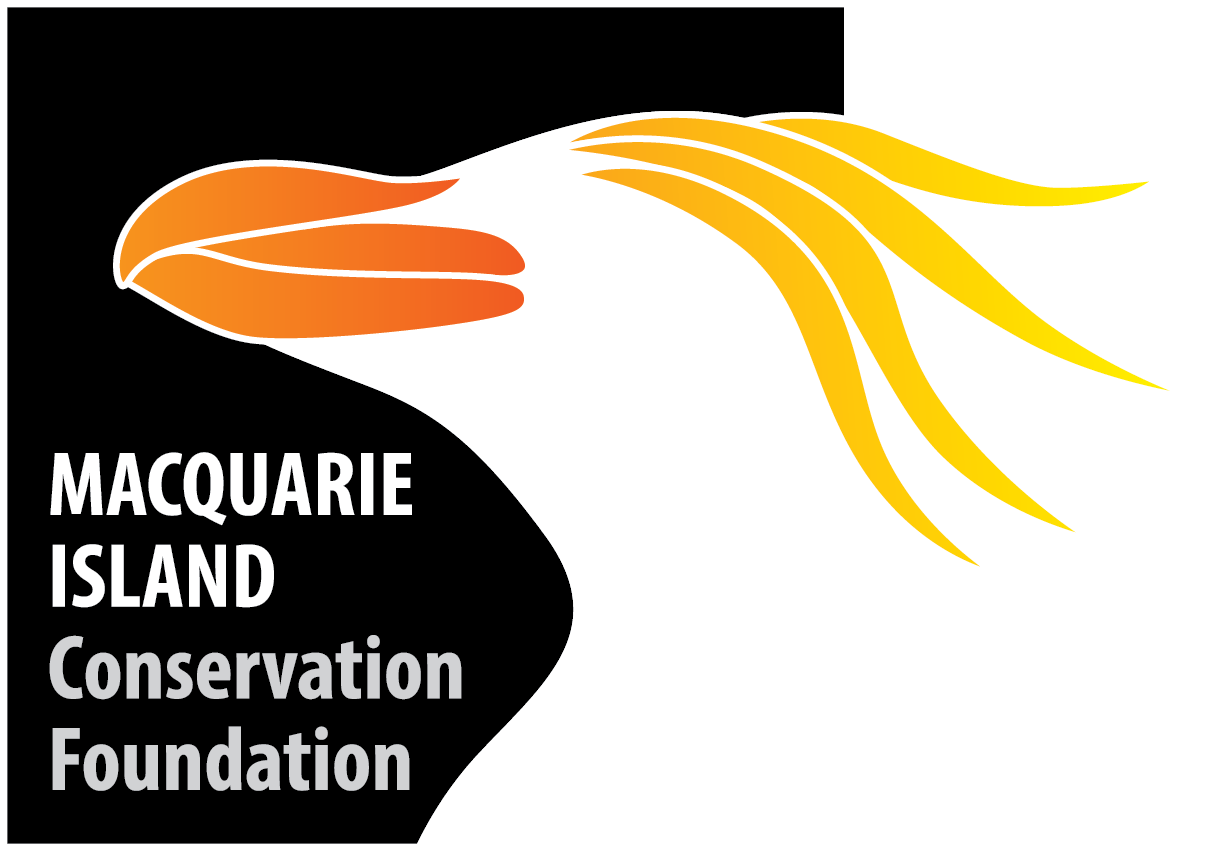
The Sub-Antarctic Neighbourhood
Tiny specks of land in an empty ocean
The sub-Antarctic is a region of the Southern Hemisphere roughly between 46- 60 degrees south of the Equator. Immediately north of the Antarctic, the sub-Antarctic is overwhelmingly comprised of ocean. There are, however, numerous islands scattered throughout this region. These islands are characterised by their wild weather and for the abundant and unique wildlife that they support. Sub-Antarctic islands are some of the most remote places (in terms of distance to continents) on the planet.
Sub-Antarctic Islands of the Southern Pacific Ocean
There are six groups of sub-Antarctic Islands in the Pacific sector of the Southern Ocean: the Bounty Islands, the Antipodes, the Snares, the Auckland Islands, Campbell Island and Macquarie Island (islands including the Balleny Islands, Scott Island and Peter I Island are farther south than 60 degrees and are considered Antarctic Islands). These island groups are all located to the south of New Zealand and Tasmania and are a substantial distance from other sub-Antarctic island groups in the Southern Indian and Atlantic Oceans. This isolation, combined with a comparatively high number of indigenous plant and bird species, makes them particularly important sites for monitoring the health of ecosystems across the whole Southern Ocean.
Macquarie Island – a sub-Antarctic anomaly
Macquarie Island is the southern most sub-Antarctic island in the Southern Pacific Ocean region. Its nearest neighbour is Campbell Island, over 700km to the north-east. Campbell Island, like many other sub-Antarctic Islands, is of volcanic origin. Macquarie Island, on the other hand, is an exposed portion of oceanic ridge where two tectonic plates meet. It is the only place on Earth where rocks from the mantle are exposed above sea level, making it truly unique among all of the world’s islands.



